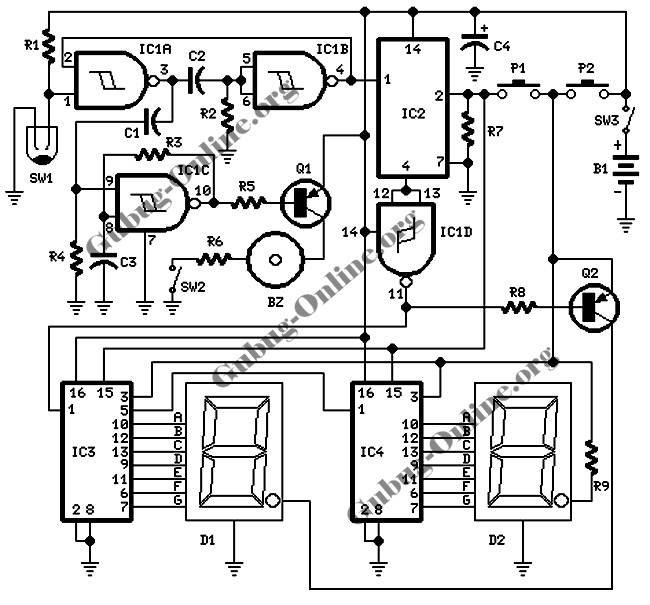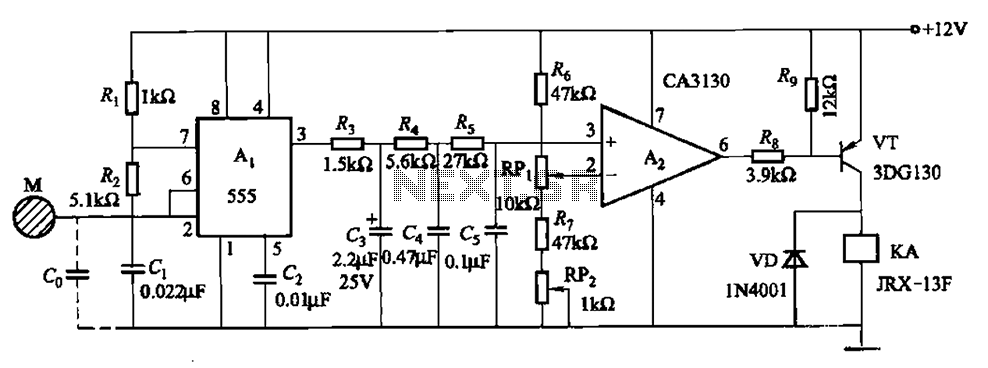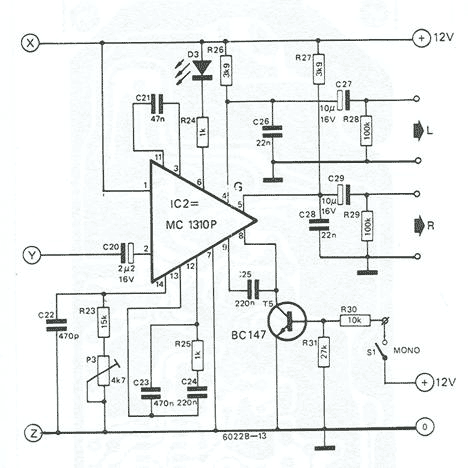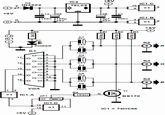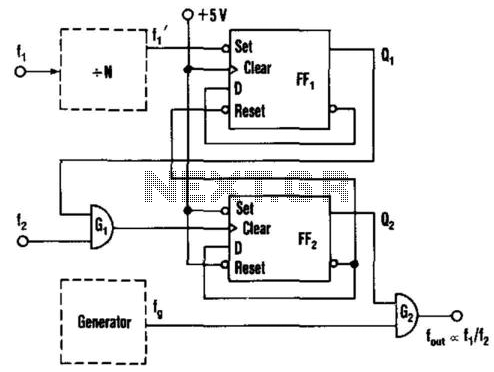
A New Audio Amplifier Circuit Design
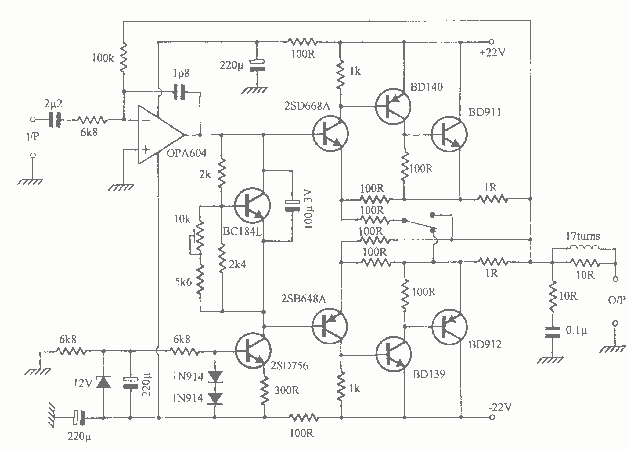
The problem with class-B amplifier design is that we start with an output stage in two halves, each with a non-linear response, which we then add together to try to give a linear response, i.e. so that a graph of output voltage vs. input voltage is a straight line. The term "complementary symmetry" is often mentioned in connection with class-B output stages, as if there were some advantage in symmetry. Symmetrical responses of the two halves only guarantees that when added together the resulting non-linearity is also symmetrical. To achieve a linear response what we need are two non-linear responses which add up to give a straight line. The simple solution to this problem is to start with a single half of the output stage with a conventional non-linear response, and then subtract this response from a straight line to give the response needed for the other half of the output stage.
Class-B amplifiers utilize a push-pull configuration that operates on the principle of using two active devices (typically bipolar junction transistors or field-effect transistors) to amplify the positive and negative halves of an input signal. Each transistor conducts for half of the input signal cycle, which theoretically allows for increased efficiency compared to Class A amplifiers. However, the challenge lies in the non-linear characteristics of the transistors, which can introduce distortion when the two halves are combined.
The concept of complementary symmetry in Class-B designs refers to the use of NPN and PNP transistors to achieve a balanced output. When both transistors are perfectly matched in their characteristics, the resulting output can be more linear. However, this symmetry is not sufficient on its own to eliminate distortion. The non-linear responses of the two halves must be carefully designed so that their combination yields a linear transfer function.
To effectively achieve this, one approach is to utilize feedback mechanisms that adjust the gain of each half of the amplifier based on the output. By applying feedback, the amplifier can dynamically correct for deviations from linearity, ensuring that the combined output closely approximates a straight line when plotted against the input voltage.
In practice, the circuit may employ additional components such as diodes or operational amplifiers to further refine the output characteristics. The use of negative feedback can significantly enhance the linearity of the amplifier by reducing the gain at higher levels of distortion, effectively flattening the response curve.
The design of the output stage must also consider thermal stability and biasing techniques to prevent crossover distortion, which occurs when the signal transitions from one transistor to the other. Proper biasing ensures that both transistors remain in their active regions during the entire cycle of the input signal, thereby minimizing distortion and improving overall performance.
In summary, while Class-B amplifiers present inherent challenges due to their non-linear responses, careful design considerations such as complementary symmetry, feedback mechanisms, and precise biasing can lead to effective solutions for achieving a linear output response.The problem with class-B amplifier design is that we start with an output stage in two halves, each with a non-linear response, which we then add together to try to give a linear response, i.e. so that a graph of output voltage vs. input voltage is a straight line. The term "complementary symmetry" is often mentioned in connection with class-B output stages, as if there were some advantage in symmetry.
Symmetrical responses of the two halves only guarantees that when added together the resulting non-linearity is also symmetrical.
🔗 External reference
Class-B amplifiers utilize a push-pull configuration that operates on the principle of using two active devices (typically bipolar junction transistors or field-effect transistors) to amplify the positive and negative halves of an input signal. Each transistor conducts for half of the input signal cycle, which theoretically allows for increased efficiency compared to Class A amplifiers. However, the challenge lies in the non-linear characteristics of the transistors, which can introduce distortion when the two halves are combined.
The concept of complementary symmetry in Class-B designs refers to the use of NPN and PNP transistors to achieve a balanced output. When both transistors are perfectly matched in their characteristics, the resulting output can be more linear. However, this symmetry is not sufficient on its own to eliminate distortion. The non-linear responses of the two halves must be carefully designed so that their combination yields a linear transfer function.
To effectively achieve this, one approach is to utilize feedback mechanisms that adjust the gain of each half of the amplifier based on the output. By applying feedback, the amplifier can dynamically correct for deviations from linearity, ensuring that the combined output closely approximates a straight line when plotted against the input voltage.
In practice, the circuit may employ additional components such as diodes or operational amplifiers to further refine the output characteristics. The use of negative feedback can significantly enhance the linearity of the amplifier by reducing the gain at higher levels of distortion, effectively flattening the response curve.
The design of the output stage must also consider thermal stability and biasing techniques to prevent crossover distortion, which occurs when the signal transitions from one transistor to the other. Proper biasing ensures that both transistors remain in their active regions during the entire cycle of the input signal, thereby minimizing distortion and improving overall performance.
In summary, while Class-B amplifiers present inherent challenges due to their non-linear responses, careful design considerations such as complementary symmetry, feedback mechanisms, and precise biasing can lead to effective solutions for achieving a linear output response.The problem with class-B amplifier design is that we start with an output stage in two halves, each with a non-linear response, which we then add together to try to give a linear response, i.e. so that a graph of output voltage vs. input voltage is a straight line. The term "complementary symmetry" is often mentioned in connection with class-B output stages, as if there were some advantage in symmetry.
Symmetrical responses of the two halves only guarantees that when added together the resulting non-linearity is also symmetrical.
To achieve a linear response what we need are two non-linear responses which add up to give a straight line. The simple solution to this problem is to start with a single half of the output stage with a conventional non-linear response, and then subtract this response from a straight line to give the response needed for the other half of the output stage.
🔗 External reference
